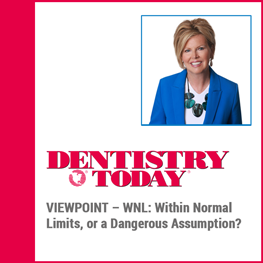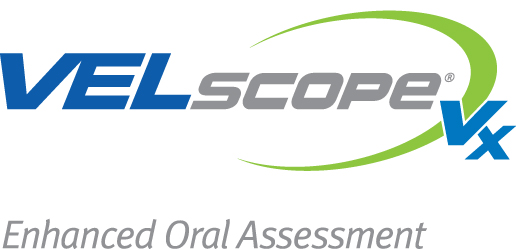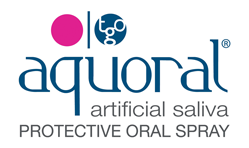September 2023 • Jo-Anne Jones, RDH • Compliments of Dentistry Today VIEWPOINT
Our professional community was rocked by the passing of a young dentist in 2021. Dr. Manu Dua woke up one morning close to his 33rd birthday with the discovery of a lesion on his tongue. He immediately thought that he had possibly bitten his tongue during sleep. He texted a picture of it to his sister, Dr. Parul Dua, a practicing dentist in New York. She pleaded with him to “get it biopsied.” The lesion persisted for months. Biopsy was delayed as Manu, like many of us in the field of dentistry, felt somewhat immune or invincible to the disease. “It can’t be cancer. I’m too young. I’m a healthy individual with no risk factors”—a dangerous assumption. Dr. Manu Dua, a young man possessing none of the typical etiologic risk factors that bring a person to oral cancer, died from metastatic squamous cell carcinoma. He was 34 years of age.1 His life and wisdom are immortalized in the publishing of his series of blogs, titled Life Interrupted: Dr. Dua’s Survival Guide.2 Manu’s story is an all-too-common event in today’s world, with many suspect lesions continuing to not be monitored or being dismissed.
This isn’t another article focused on oral cancer statistics. This is a life-sustaining, and practice-sustaining, cautionary advisement. It is also accompanied by a strong plea from the ADA, the Oral Cancer Foundation, and countless others to ethically carry out our professional responsibilities. I challenge you to read on. Your practice may be at risk unknowingly.
Within Normal Limits
Within normal limits is a very bold and broad sweeping statement that definitively distinguishes between health and disease and, in some cases, an outcome of life vs death. The responsibility of this statement and the onus to the patient is of grave consequence and may, in fact, be a very dangerous assumption. Any lesion and/or symptom that persists beyond 14 days always warrants a secondary evaluation, whether that is interpreted to mean re-appointing to confirm resolution or referral for further microscopic evaluation. A secondary dangerous assumption is identifying and assuming the patient in your chair to be low-risk. The unintentional exclusion of cancer evaluation in younger patients or those who do not possess typical and historical risk factors is leading to delays in diagnosis. In 2019, the ADA announced an expansion to its policy on oral cancer detection, recommending that dentists and dental hygienists perform routine examinations for oral cancer, including oropharyngeal cancer, for all patients.3 Passed by the ADA House of Delegates, this change was brought about to align with concerns from the Centers for Disease Control and Prevention (CDC) over the escalating numbers of diagnosed cases of oropharyngeal cancer linked to the human papillomavirus (HPV). The ADA’s policy also aligns with support for the HPV vaccine due to the vast majority of oropharyngeal cancers in the United States related to HPV, according to the CDC.











